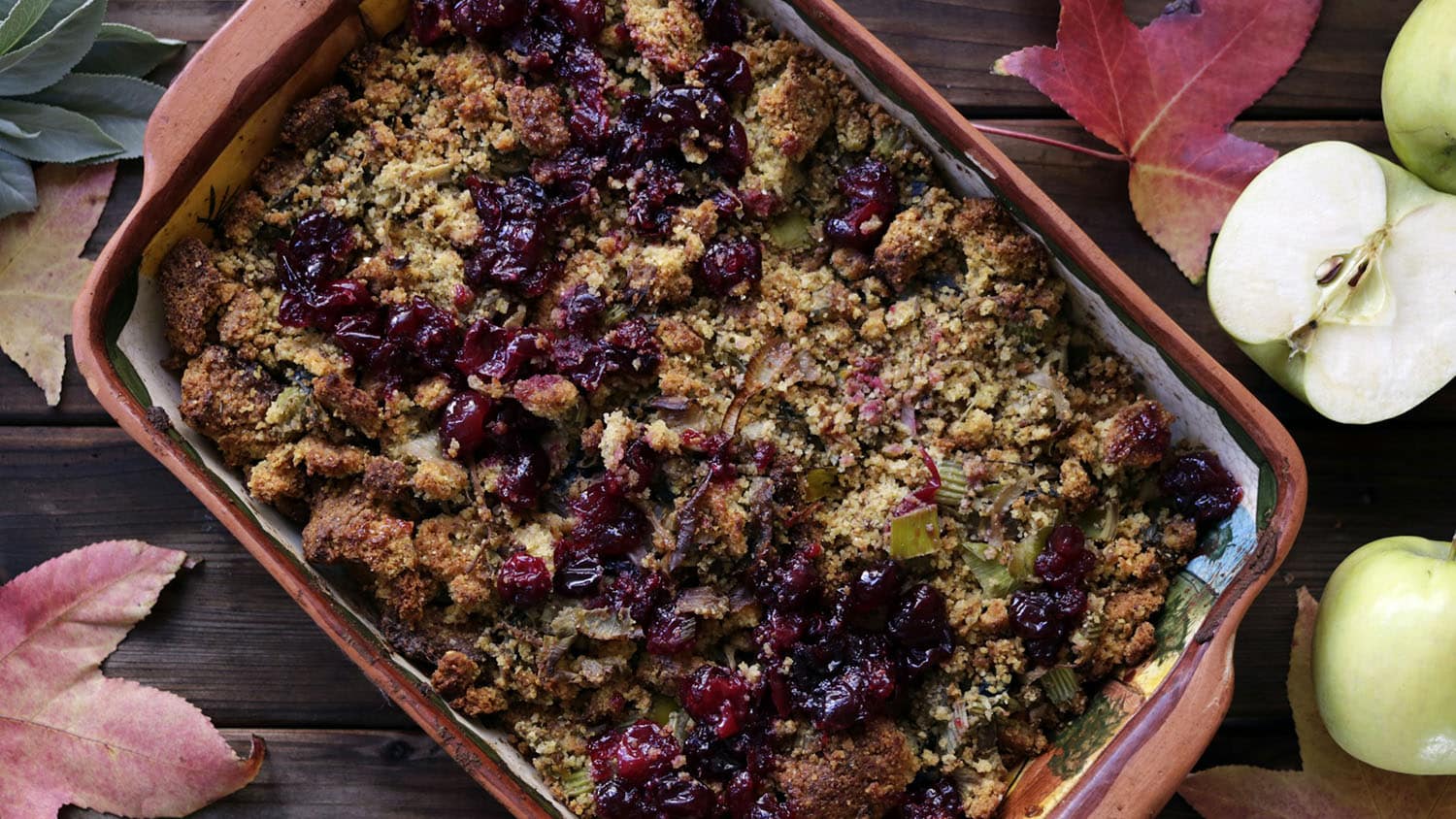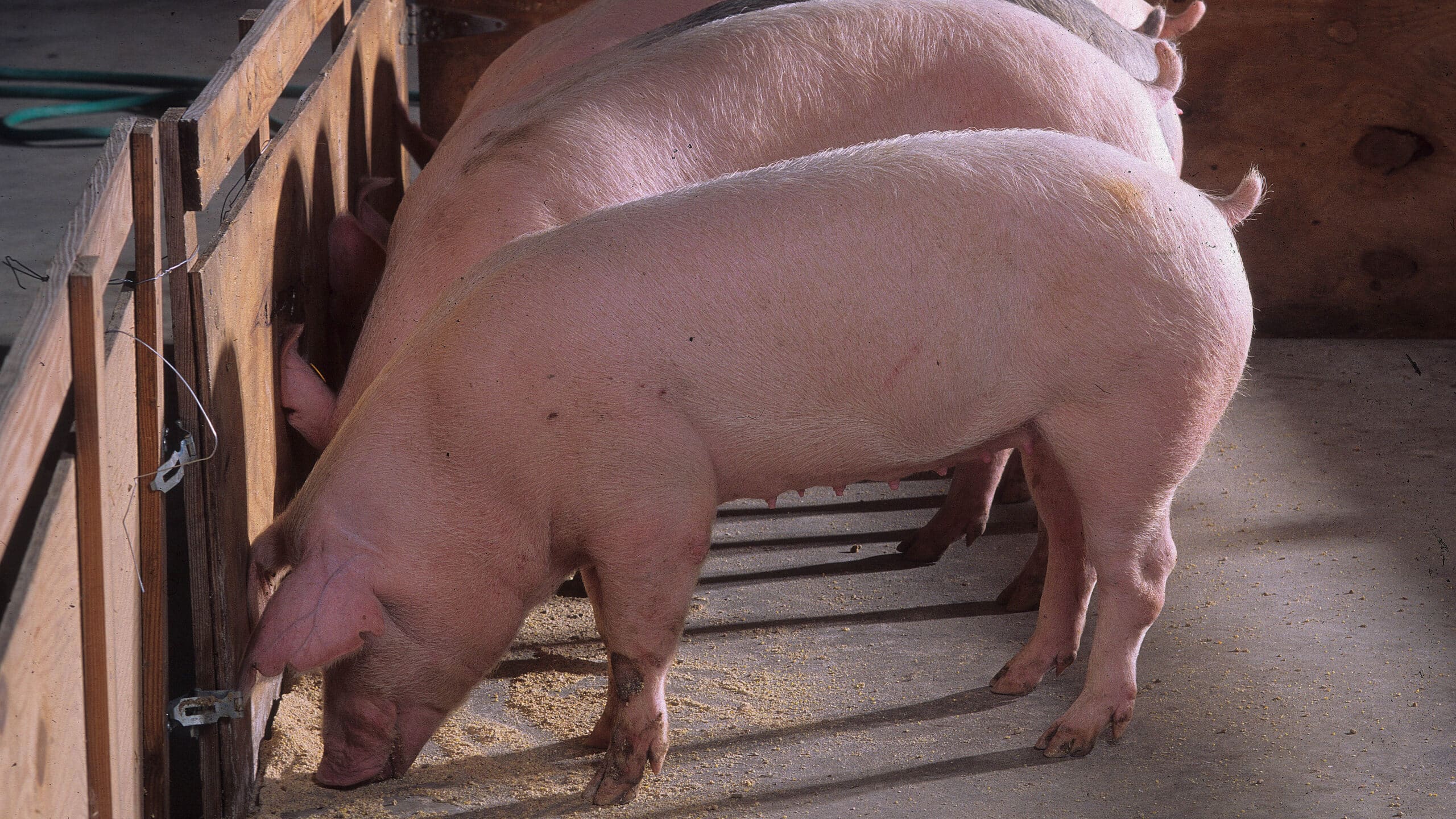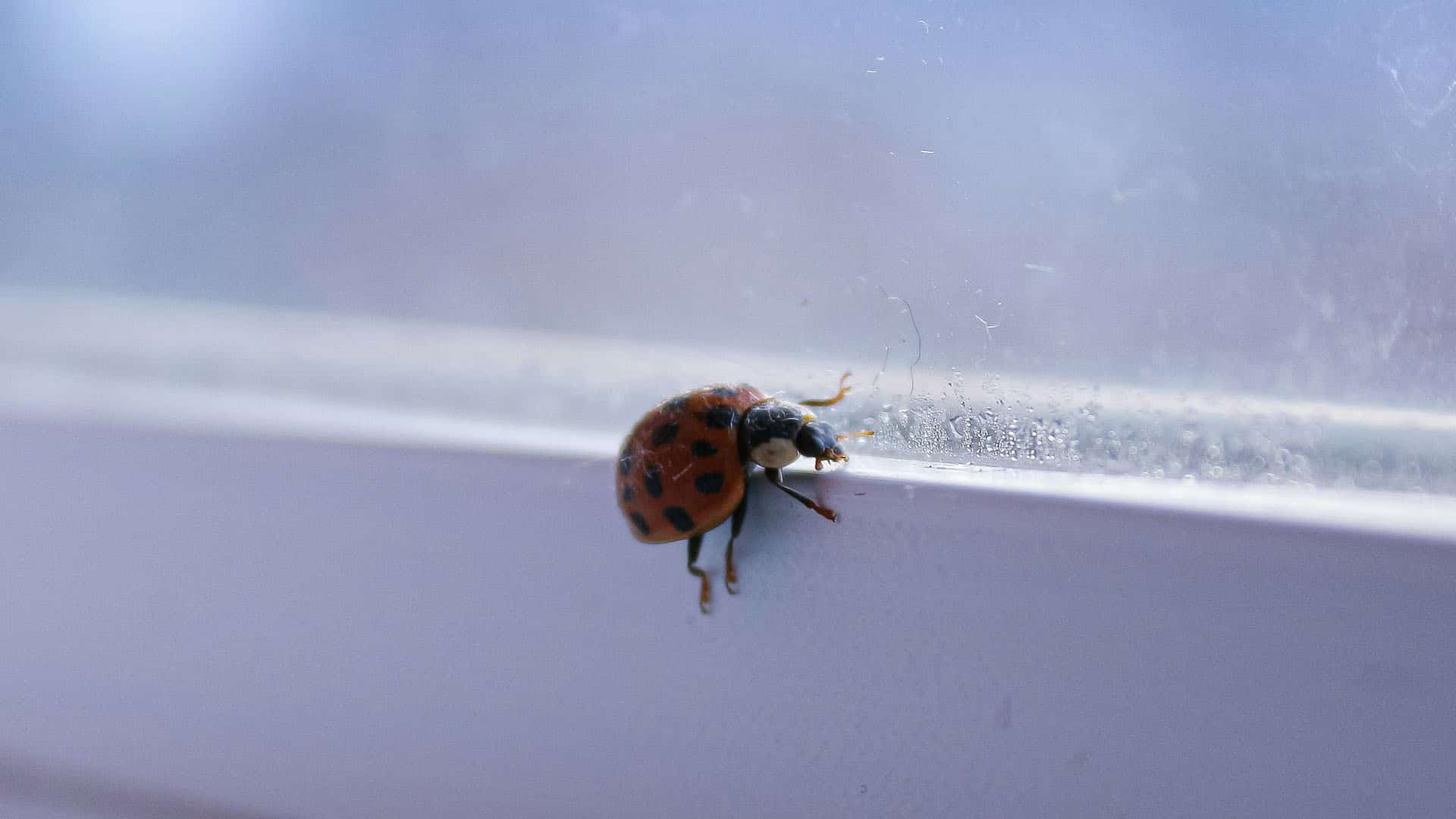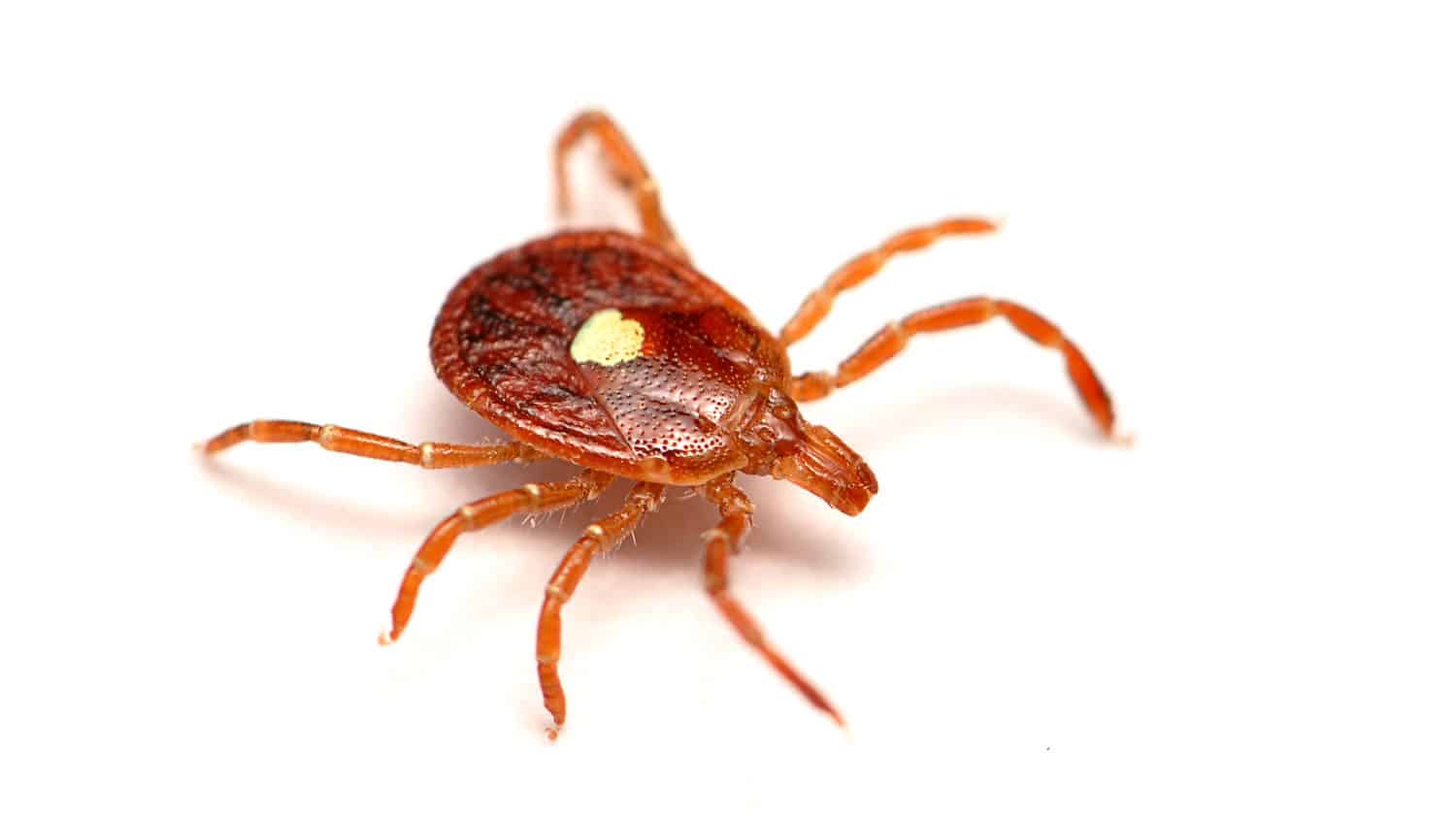Editor’s note: this feature was written by University Communications intern, and NC State student, Erin Ferrare. The post is part of a series that focuses on helping people reduce food safety risks during the holidays.
Thanksgiving is a time of connection, traditions and all-around great food. But stuffing and dressing – key side dishes for many Thanksgiving meals – have the potential to make you and your guests sick. So how can you make sure that foodborne illnesses don’t ruin your holiday?
We talked to food safety expert Ellen Shumaker to find out the proper steps to reduce foodborne illness when preparing stuffing or dressing on the big day.
Are stuffing and dressing the same thing?
Let’s start off with finding out the difference between stuffing and dressing, and it’s an easier clarification than you might think.
“Basically, most people understand stuffing as what goes inside the bird versus dressing which is cooked outside of the bird,” Shumaker says. “It’s the same thing, but just ultimately whether it is cooked inside or outside the turkey.”
Simple enough, right? But this difference in preparation is the reason to be cautious when making the dish in November. Cooking stuffing inside a raw turkey calls for more food safety steps than its dressing counterpart.
Is it safe to cook stuffing inside of the turkey?
“You can definitely cook stuffing safely, you just have to be aware of several different things,” Shumaker says. “If you are making stuffing and putting it inside the turkey, then anything that is in that bird – including harmful bacteria like Salmonella and Campylobacter – is going to potentially get into the stuffing. When cooking stuffing you must make sure it reaches 165 degrees Fahrenheit.”
One of the big challenges with this task is making sure that the turkey stays moist while not being overcooked. But for the sake of your guests’ health, it’s also important to make sure that all bacteria are killed off before placing the bird and stuffing on the dinner table.
How do you make dressing safely?
Since you prepare the ingredients separate from the raw turkey when making dressing, the main concern is cross contamination between dishes.
“If you’ve made your dressing and it’s sitting next to the turkey, make sure that you’re not cross contaminating with other areas of your kitchen or with other dishes,” Shumaker says. “Avoid using the same utensils that are touching the raw bird, since you could be contaminating the dressing that way.”
Can you add meat to stuffing/dressing and keep it safe?
Cooking has a degree of creative freedom to it that comes out during the holiday season and stuffing/dressing is no exception.
For example, a popular addition to regular stuffing or dressing recipes is sausage and other ground meat options. But is sausage stuffing safe?
“The big thing with sausage stuffing is that you want to make sure that you precook the sausage so you’re not risking something being undercooked,” Shumaker says. “Depending on the type of sausage it is, like if it’s ground beef or pork product, your ideal temperature is 160 degrees Fahrenheit. If you’re putting it inside the bird, you’re still going to want to reach that 165-degree mark.”
If you want to avoid checking the temperature constantly, Shumaker recommends precooking the sausage before putting it in the stuffing.
What is oyster stuffing? Is it safe?
Stuffing and dressing can take on regional traits. And people in New England have been including mollusks in their holiday traditions since the early 1900s.
“Oysters pose a risk of foodborne illnesses if consumed undercooked or raw, so if you’re cooking them inside the turkey you want to make sure the oysters reach 145 degrees Fahrenheit, along with the stuffing reaching 165 degrees,” Shumaker says. “Depending on your recipe you might want to think about how preparation will change the qualities and taste of the oyster.”
When preparing dressing with sausage or oysters, it’s best to cook the meat or shellfish fully by itself then incorporate it into the bread mixture to avoid cross contamination.
Enjoy your meal!



